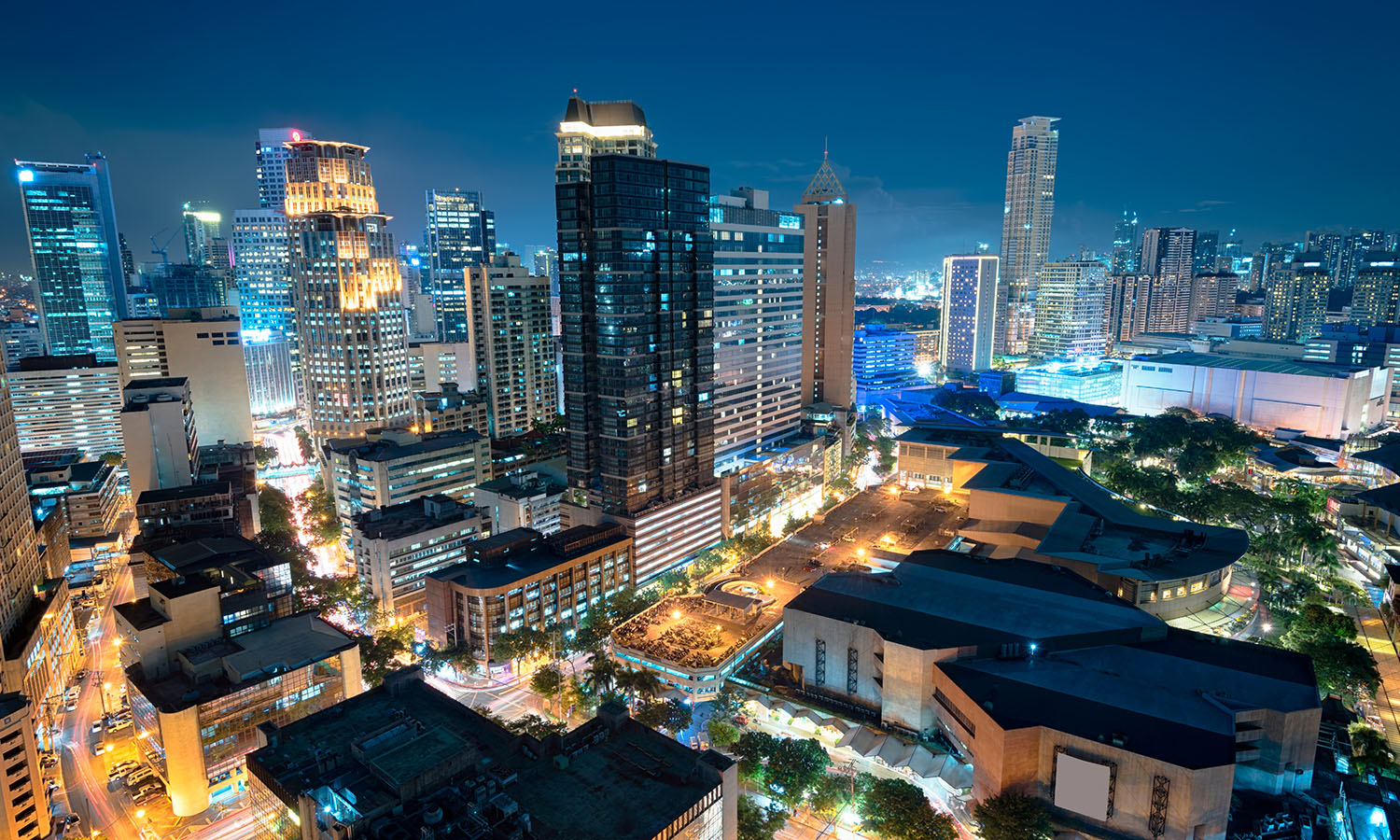
Metro Manila, the capital of the Philippines, is a bustling metropolis that offers a unique blend of tradition and modernity. With its vibrant culture, diverse communities, and rich history, Metro Manila is a destination that has something for everyone.
One of the main attractions of Metro Manila is its rich history. Visitors can explore the walled city of Intramuros, which the Spanish built in the 16th century, and take a step back in time to the colonial era. They can visit Rizal Park, which is dedicated to the national hero of the Philippines, Dr. Jose Rizal. The park features a monument and a museum that tells the story of Rizal's life and contributions to the Philippines.
Besides its historical attractions, Metro Manila is also a food lover's paradise. The city offers a wide variety of cuisines that reflect its multicultural heritage. From the street food scene in Binondo, the world's oldest Chinatown, to the trendy cafes and restaurants in Makati, visitors can indulge in diverse flavors and culinary experiences.
Metro Manila is also a hub of arts and culture. The city is home to a number of museums, galleries, and performance venues that showcase the talent and creativity of Filipino artists. Visitors can check out the National Museum of the Philippines, the Cultural Center of the Philippines, and the Ayala Museum, among others.
Metro Manila is the capital city of the Philippines and is home to many attractions that cater to all types of travelers. When planning a visit to this vibrant city, it's essential to consider the best time to go.
The weather in Metro Manila is tropical, with two distinct seasons: the dry season and the wet season. The dry season runs from November to April, while the wet season lasts from May to October. Each season has its advantages and disadvantages.
The dry season in Metro Manila is the peak travel period, and for a good reason. The weather is sunny, and rainfall is minimal, making it an ideal time for outdoor activities such as sightseeing, shopping, and visiting parks. The temperature during the dry season is also relatively cool, with an average of 28°C, making it comfortable to explore the city.
The peak months during the dry season are January to April. This time of year is perfect for those who want to escape the cold winter months of their home country and soak up the warm weather of Metro Manila.
The wet season in Metro Manila is characterized by heavy rainfall, occasional flooding, and high humidity levels. Despite the challenging weather, this time of year can also be an excellent time to visit Metro Manila, particularly for indoor activities such as shopping, museum visits, and food trips.
July to September are the peak months of the wet season. During this time, you can expect frequent thunderstorms and intense rainfall, but the cooler weather can be a relief from the heat and humidity of the dry season.
Overall, the best time to visit Metro Manila depends on your preferences and plans. If you are looking for a comfortable climate to explore the city, the dry season is your best bet. However, if you prefer lower prices and fewer crowds, the wet season can be an excellent time to visit. Whichever season you choose, be sure to check the weather forecast and plan you're itinerary accordingly.
Planning to visit Metro Manila in the next coming days? Checkout the weather in Metro Manila.




The Ninoy Aquino International Airport (NAIA) is the main airport that serves Metro Manila. It has four terminals that handle domestic and international flights from different airlines. From the airport, visitors can take a taxi, grab, or airport shuttle to reach their destination.
Visitors can also reach Metro Manila by land. There are several bus terminals in nearby provinces, such as Cubao and Pasay, that have regular trips to and from Metro Manila. There are also private car and van rentals available for those who prefer more comfortable and convenient travel.


The Port of Manila serves as the main gateway for international and domestic ships that dock in the city. There are also passenger ferries that operate from nearby provinces, such as Batangas and Bataan, to Manila.
Once visitors are within Metro Manila, they can use various modes of transportation to get around the city. The most common modes of transportation include jeepneys, buses, taxis, and ride-sharing services like Grab. The city also has a modern metro rail transit system that connects different parts of Metro Manila.

No review available.